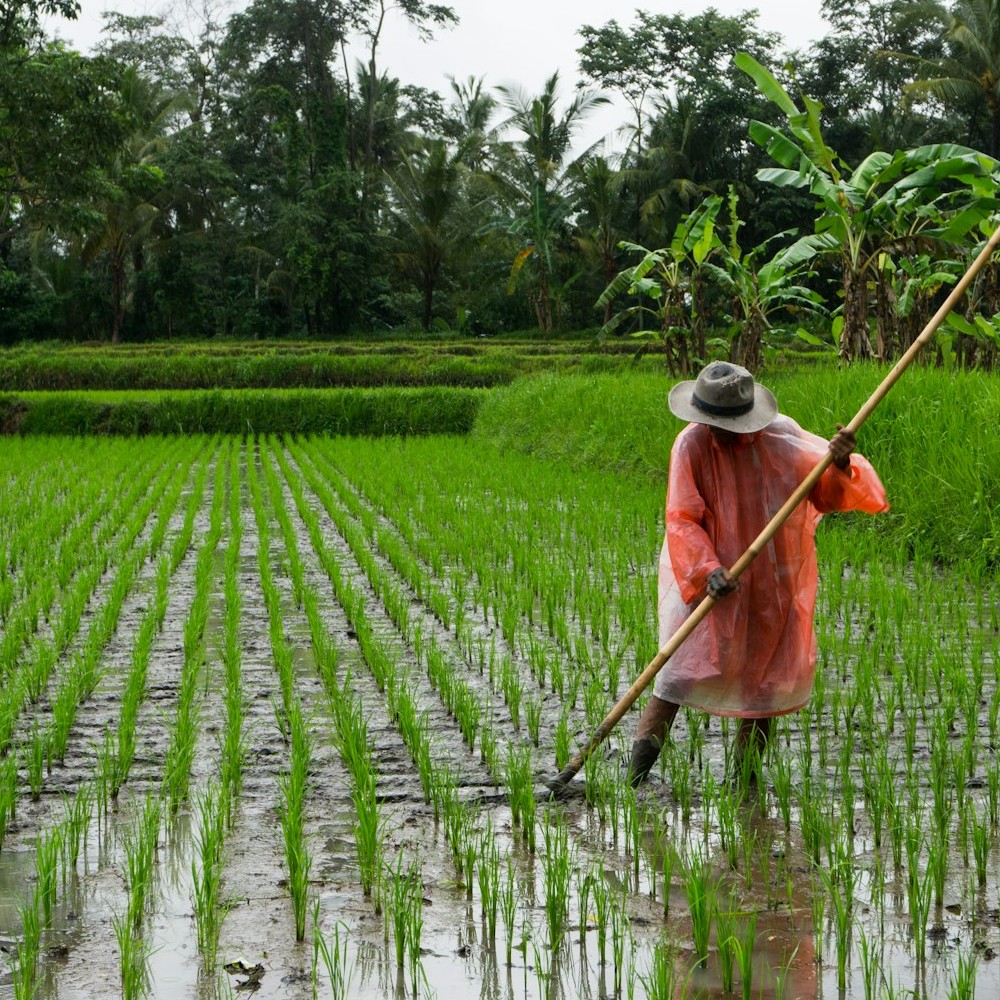Published:
Rice, a food staple in many countries, holds cultural and dietary significance in Japan. However, concerns are growing over the future of rice farmers in Japan as the demand for this essential food experiences a decline. The rice industry faces additional challenges with the recent ban on rice exports from India, one of the world’s leading rice exporters. The once-stable and crucial rice sector faces uncertainties threatening its long-standing role in Japanese agriculture and the global economy.
Shonai, Japan, a coastal plain near the Japanese Sea known for its fertile granaries and rice paddies, is facing a severe rural crisis. The aging population, decreasing number of farmers, and dropping rice prices describe a lonely scenario. This rural crisis, depopulation, trade liberalization, and depleted government resources are deemed the most severe since World War II. The farmland prices in Shonai have plummeted by 70% in the last 15 years, with the number of farmers reducing by half since the beginning of the 1990s. During the past decade, rice production has declined by 20% in Japan, raising concerns in a country that imports 61% of its food. A cause of Japan’s rural economic system lies in the small, family farms that hinder necessary reforms. In regions like Yamagata, sentiments are mixed, reflecting dissatisfaction with the political party’s ruling of rural issues. As farmers handle challenges such as inflated land prices and high mechanization costs, the future of Japan’s agriculture hangs in the balance. Reforms are considered crucial to avoid further decline in agriculture and potentially revive Japan’s local economies.
While rice is a staple in Japan, the demand for rice grown for direct human consumption in Japan is projected to decrease to 6.81 million tons in 2023, making it the 10th consecutive yearly decline and reaching the lowest level since 1996. The Japanese agriculture ministry has encouraged farmers to switch to soybeans, wheat, and rice used for animal feed to help address the issue. A recent survey on rice acreage in 2023 shows that 24 out of 47 prefectures expect a decrease of over 1%, with Fukushima and Tochigi anticipating an overall increase. However, rice inventories in the private sector have decreased to 1.97 million tons by June 2023. This reflects a recovery in demand from the restaurant industry after the easing of Covid-19 restrictions. This is the first time in four years for inventories to be within a stable range of 1.8 million to 2 million tons, and they expect to reach 1.84 million tons by June 2024.
Overall, the global rice market is experiencing a shortage, the most severe in two decades, as India’s export ban on rice imposes challenges throughout the industry. India’s ban on plain, white, long-grain rice is causing disruptions and threatening food security in developing nations. Over half the world’s population relies on rice as a crucial staple. India’s ban on certain rice exports began with broken rice in September 2022. It then expanded to include certain rice varieties in July 2023, which has led to a 15% to 20% spike in global rice prices. Despite rising input costs for energy and fertilizer, rice prices have remained relatively stable compared to other commodities in the agricultural world. This situation challenges rice farmers globally, leading to concerns about profits and government intervention to prevent potential crises.
Shonai’s rural struggles draw attention to the urgency for reforms to help keep Japan’s agricultural heritage while supporting local economies. Moreover, the global rice market, impacted by India’s export restrictions, raises concerns about food security in developing nations. As the supply of rice fluctuates and continues to face uncertainties with evolving demands, the future of rice needs adaptive strategies, policy changes, and international cooperation.
File under






